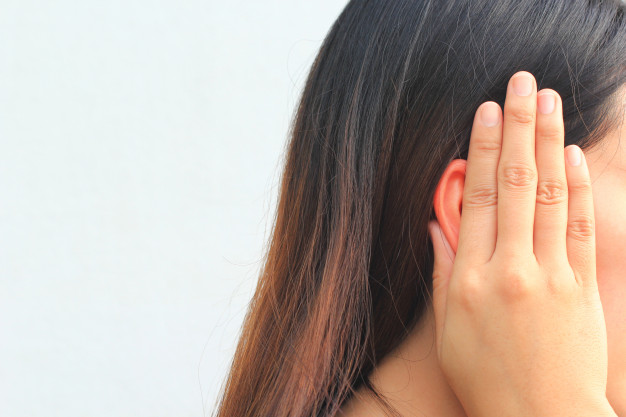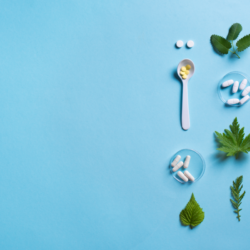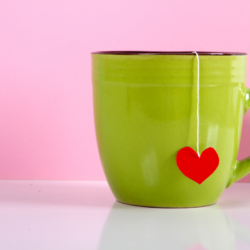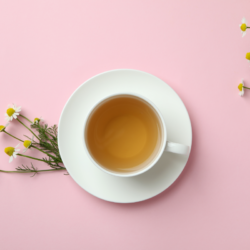ENT sphere and ear infections
The ear infection is inflammation and / or infection of the middle ear or the ear canal by a bacterium or a fungus. In fact, there are many forms of ear infections, depending on their causes and symptoms. In some cases, it may require surgery.
We can distinguish otitis :
- Medium (acute, serous or chronic)
- Internal
- External
Otitis media :
-
Acute otitis media (AOM)
Acute otitis media is a bacterial or viral infection of the middle ear, usually accompanying an infection of the upper respiratory tract. Symptoms include earache, often with systemic symptoms (fever, sometimes nausea, vomiting, diarrhea), especially in very young children. The diagnosis is based on otoscopy.
It mainly affects children between 3 months and 3 years old, ages at which the eustachian tube is still functionally immature.
The presence of a smoker in the household is a significant risk factor for acute otitis media. Other risk factors are a significant family history of otitis media, bottle-feeding (that is, instead of breastfeeding), and attendance at a day-care center.
-
Serous otitis media
A very common problem in children under the age of 3, it is a buildup behind the eardrum of more or serum that does not flow properly through the eustachian tube.
Serous otitis media is an effusion in the middle ear resulting from incomplete healing of acute otitis media or obstruction of the eustachian tube without infection. Symptoms include deafness and a feeling of stuffy ears or pressure inside the ear. The diagnosis is based on the appearance of the eardrum and sometimes on the tympanometry. Most cases resolve within 2 to 3 weeks. If no improvement is seen within 1 to 3 months, some form of paracentesis is indicated, usually with insertion of a tympanostomy tube. Antibiotics and decongestants are not effective.
-
Chronic otitis media
Here, the inflammation of the mucosa has persisted for more than 3 months. It can be primary or result from several infectious episodes, and is often characterized by perforation of the eardrum and otorrhea. The main germs involved are Pseudomonas aeruginosa and the infamous Staphylococcus aureus .
Otitis interna (or labyrinthitis) :
This pathology develops following acute otitis media (AOM) which progresses unfavorably.
Otitis externa :
It is an infection of the external auditory canal, generally of bacterial origin ( staphylococcus aureus or pyocyanic bacillus ). It is caused in particular by frequenting swimming pools, because its main cause is the stagnation of water in the ear canal, but also by earwax plugs caused by the use of cotton swabs instead of ear washings, or again by local trauma. Otitis externa is an infection of the skin of the outer ear canal, sometimes purulent. It is a pathology encountered mainly in summer, because it is favored by heat, humidity, sea water, and mainly affects young children who have the narrower external canal.
Some naturopathic advice in case of otitis :
- Hydrate yourself enough
Get in the habit of drinking lots of water as soon as you have an ear infection or any infection that causes a fever. This is one of the best ways to compensate for water loss. The best is still to drink mineral water. Be especially vigilant in babies and toddlers as dehydration can set in quickly, especially if your child also has diarrhea.
- The trick to falling asleep despite ear infections
Closing your eye when your ear hurts is a particularly difficult task (lying down tends to increase the pain). However, adopting a semi-recumbent position seems more appropriate; you can find a comfortable position in your bed by propping yourself up with cushions. Likewise, if your baby has an ear infection, feel free to elevate his head to help him sleep.
- Avoid anything that could make your symptoms worse
- Do not touch the affected ear
- Avoid exposure to cigarette smoke. Indeed, active and passive smoking can worsen or promote the appearance of all ENT infections: ear infections, tonsillitis, etc.
- Avoid drafts
- Do not put water in the ear
- Beware of overheated rooms
- Avoid blowing your nose too hard. If necessary, rather gently clean your nose or that of your child with physiological serum
Plants and ear infections :
-
Mentholated Eucalyptus EO + Odorous Inule EO + Steed Lavender EO
These essential oils all have anti-infectious, antibacterial and chronic anti-inflammatory properties. The essential oil of fragrant inula is specifically indicated in all pathologies characterized by an abundant production of mucus such as serous otitis. As for the essential oil of stœchade lavender, it is used more in serous and bacterial otitis such as pseudomonas otitis secondary infections .
Mix these 3 essential oils at a dilution rate of 10% in apricot oil by massaging the circumference of the ear and each side of the neck, 3 times a day until clear improvement of symptoms. (Preparation reserved for adults)
Anti-inflammatory and decongestant, this remedy is active in repeated localized inflammations such as ear infections.
Take 10 to 15 drops in a glass of water, 15 minutes before a meal for 21 days. A 2-month cure is recommended with a one-week break every 3 weeks.
Walnut is used in chronic suppurations of the mucous membranes such as chronic suppurative otitis.
Take 5 to 15 drops per day around noon, without meals, pure or diluted in spring water, until symptoms improve significantly.





